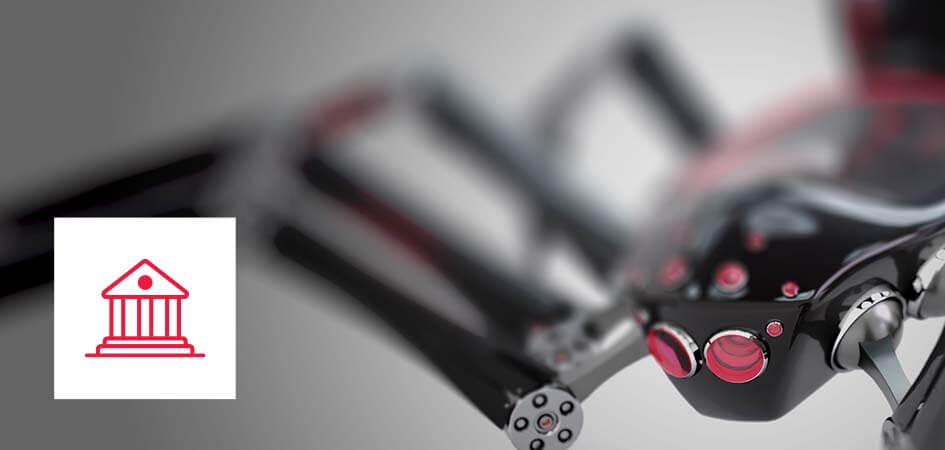Trustwave Threat Intelligence Briefing: The 2023 Financial Services Sector Threat Landscape

Trustwave Research Reveals Cybersecurity Risks Threatening Patient Lives in Healthcare. Learn More
Get access to immediate incident response assistance.
Get access to immediate incident response assistance.
Trustwave Research Reveals Cybersecurity Risks Threatening Patient Lives in Healthcare. Learn More

Cyberattacks striking the financial services industry are more prevalent, dangerous, and hitting faster than ever.
To provide much needed guidance and recommended mitigation measures the elite Trustwave SpiderLabs team conducted a multi-month investigation into the cyber threats facing the financial services sector and released the report 2023 Financial Services Sector Threat Landscape: Trustwave Threat Intelligence Briefing and Mitigation Strategies. The report details how adversaries conduct attacks, the methodologies used, and offers recommendations to stay safe.
SpiderLabs noted in its report several significant trends and information pointing out that the primary threat groups impacting this sector include Clop and Lockbit, with email-borne attacks being the preferred method of gaining initial entry.
“In a highly competitive B2B and B2C financial services industry, cybersecurity’s role earning and sustaining consumer trust is paramount as a competitive differentiator,” said Trustwave CISO Kory Daniels. “For financial institutions, it isn’t just about protecting data, it's about safeguarding the financial well-being and peace of mind of customers, partners, and investors.”
The financial services sector is not the only vertical attackers target heavily; after all, threat actors spread their nets quite wide in their illegal attempts for financial opportunity. Over the past several months SpiderLabs has released reports on the healthcare and hospitality sectors detailing cybersecurity issues and mitigations.
“Our latest threat briefing is a valuable resource for business leaders and cyber defenders within the financial services sector, providing a comprehensive view of the threats observed by our SpiderLabs team, along with specific mitigation strategies to help organizations protect extremely sensitive data and assets,” Daniels said.
Trustwave SpiderLabs' multi-month investigation found a dozen threat groups at the forefront or recent attacks, including:
The adversaries' preferred attack vectors cover a wide spectrum. However, the preferred method is using email-centric techniques such as phishing emails with malicious attachments and business email compromise. Other popular methods Trustwave SpiderLabs uncovered were exploiting vulnerabilities, illegally gaining access to legitimate credentials, and spreading malware like ransomware and infostealers.
The researchers noted that HTML attachments comprise 78% of all malicious attachments seen and are mainly used for credential phishing, redirectors, and HTML smuggling.
To gain their victim's trust, attackers used a bevy of familiar brands to encourage the email recipients to open the emails. American Express was the most commonly used brand, at 24% of the emails investigated, followed by DHL at 21%, and Microsoft at 15%.
The 2023 Financial Services Threat Landscape: Trustwave Threat Intelligence Briefing and Mitigation Strategies report’s expansive scope details the exact methodology attackers use to gain access, deliver an initial payload, expand within the target system, the type of malware used, and how adversaries go about extracting and compromising the stolen data.
More importantly, SpiderLabs offers mitigations to reduce risk for each type of attack, steps that most organizations can quickly implement to immediately boost their level of security.
Trustwave is a globally recognized cybersecurity leader that reduces cyber risk and fortifies organizations against disruptive and damaging cyber threats. Our comprehensive offensive and defensive cybersecurity portfolio detects what others cannot, responds with greater speed and effectiveness, optimizes client investment, and improves security resilience. Learn more about us.
Copyright © 2025 Trustwave Holdings, Inc. All rights reserved.